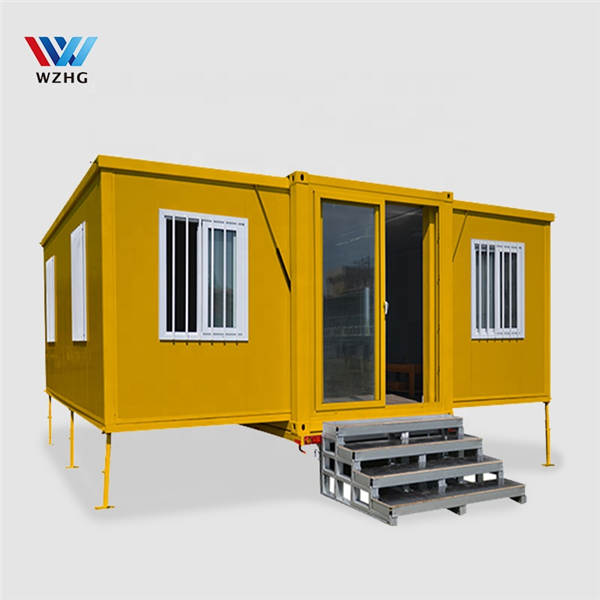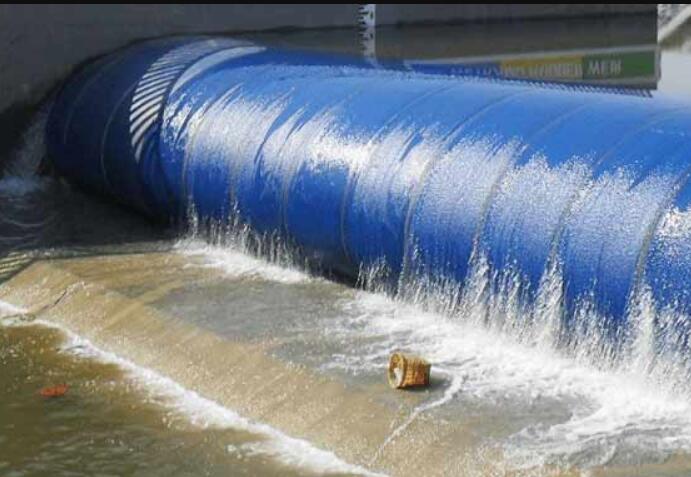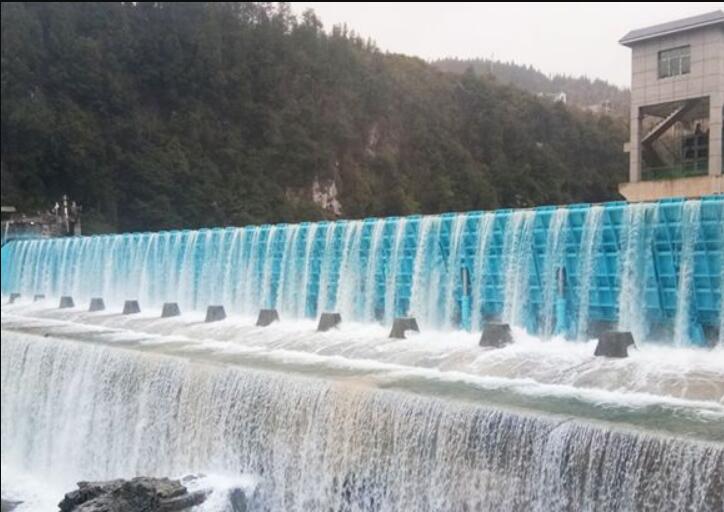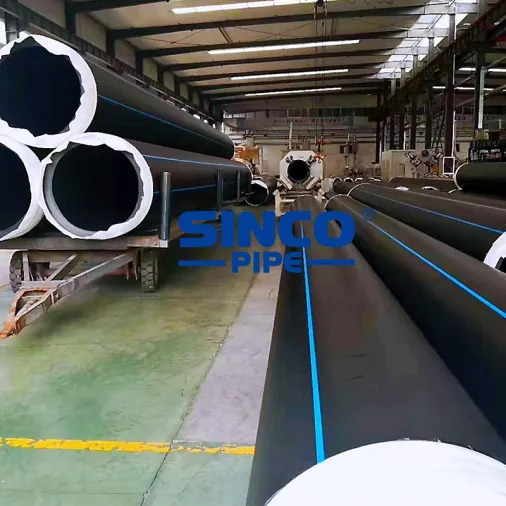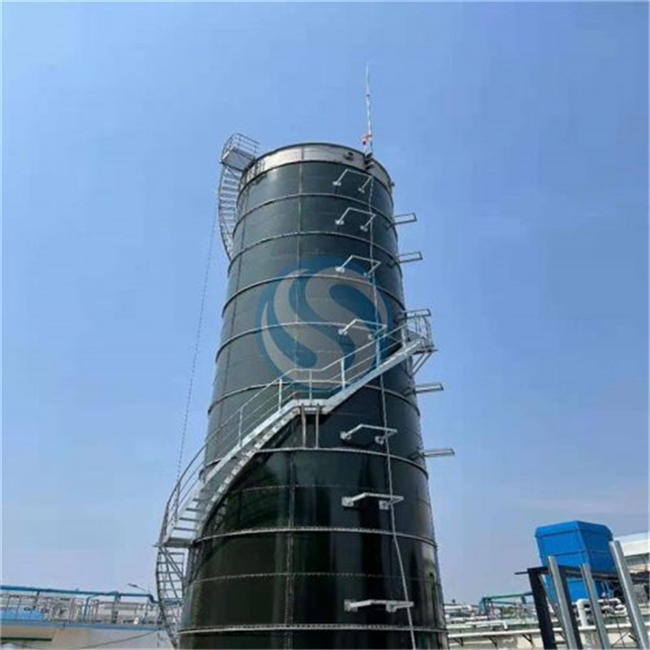Understanding the Types and Functions of Geogrid
In the field of civil engineering and geotechnical applications, geogrids have emerged as essential tools for enhancing soil stability, reinforcing structures, and providing long-term solutions to various challenges. Geogrids are geosynthetic materials consisting of a grid-like structure, commonly made of polymers or composites. In this article, we will delve into the world of geogrids, exploring their types, functions, and the multitude of ways they contribute to strengthening and stabilizing soil and structures.

Uniaxial Geogrids
Uniaxial geogrids are designed with strength predominantly in one primary direction. These geogrids feature a series of regularly spaced ribs or bars intersecting at junctions, forming a unidirectional grid structure. Uniaxial geogrids are primarily used for applications where tensile strength in one direction is crucial, such as retaining walls, steep slopes, embankments, and foundation stabilization. The ribs provide reinforcement, distributing the loads and limiting soil movement in the intended direction.
Biaxial Geogrids
Biaxial geogrids offer strength and reinforcement in two perpendicular directions. The intersecting ribs form a grid structure that provides equal strength in both the longitudinal and transverse directions. Biaxial geogrids excel in applications that require multidirectional reinforcement, such as road and pavement construction, subgrade stabilization, and soil confinement. They distribute loads evenly, minimize differential settlement, and improve overall structural integrity.
Functions of Geogrids
Geogrids serve a wide range of functions in geotechnical applications, offering numerous benefits to enhance soil stability and reinforce structures. Some key functions include:
a. Soil Reinforcement: Geogrids enhance the mechanical properties of soil, increasing its tensile strength and load-bearing capacity. By confining the soil particles, geogrids reduce lateral spreading and improve overall stability. This reinforcement is crucial in various applications, including retaining walls, slopes, and embankments.
b. Soil Stabilization: Geogrids prevent soil erosion and minimize soil movement, providing stabilization to slopes and preventing the failure of steep embankments. They distribute and dissipate loads, reducing the risk of slope instability and ensuring long-term stability.
Suggested reading:Construction & Real Estate
Redispersible Polymer Powder: The Secret Ingredient in Durable Construction Materials
Why B2B Customers Should Prioritize the Reliability of Hydraulic Elevator Dams
Reducing Maintenance Costs: The Economic Benefits of Rubber Dams
Crossflow Fill vs. Counterflow Fill: Which Is Better for Cooling Tower Performance?
What are the pros and cons of living in a shipping container house?
Construction and Geotechnical Applications: Top Hammer Drill Rigs in Action
c. Load Distribution: Geogrids act as a stress transfer medium, distributing loads over a wider area. By spreading the applied forces, they reduce localized stress concentrations, minimizing the risk of structural failure and improving the performance of pavements, foundations, and roadways.
d. Soil Confinement: Geogrids confine granular materials, preventing lateral spreading and improving load-bearing capacity. This confinement effect is particularly beneficial in applications like reinforced soil walls, bridge abutments, and railway ballasts, where confinement helps maintain the integrity of the structure.
e. Erosion Control: Geogrids can be used in erosion control applications, such as retaining walls, riverbank stabilization, and coastal protection. They help retain soil and prevent erosion by reinforcing the structure and providing stability against the forces of water flow.
Material Considerations
Geogrids are typically made of polymers, such as polypropylene (PP) or high-density polyethylene (HDPE), which offer excellent strength, durability, and resistance to environmental conditions. The choice of material depends on factors such as project requirements, soil characteristics, and anticipated loads.
Geogrids have revolutionized the field of civil engineering and geotechnical applications, providing effective solutions for soil stabilization, structural reinforcement, and erosion control. Whether it's uniaxial geogrids for directional strength or biaxial geogrids for multidirectional reinforcement, these geosynthetic materials play a crucial role in enhancing soil stability, improving load distribution, and increasing the lifespan of structures. By understanding the types and functions of geogrids, engineers and construction professionals can harness their potential to overcome geotechnical challenges and ensure the long-term success of their projects.
Additional reading:Space Frame Structures: Types and Benefits
Types of Curtain Wall Systems
Understanding the Versatile Step-In Post: A Practical Guide
Difference Between Elastomeric Bearing and Pot Bearing: A Comprehensive Comparison
Materials Used for Bridge Expansion Joints: Ensuring Structural Integrity and Safet
Advantages of Hot Dipped Galvanized Water Tanks for Rural Water Storage
How to Improve Foundry Efficiency with SIC Ceramic Foam Filters







